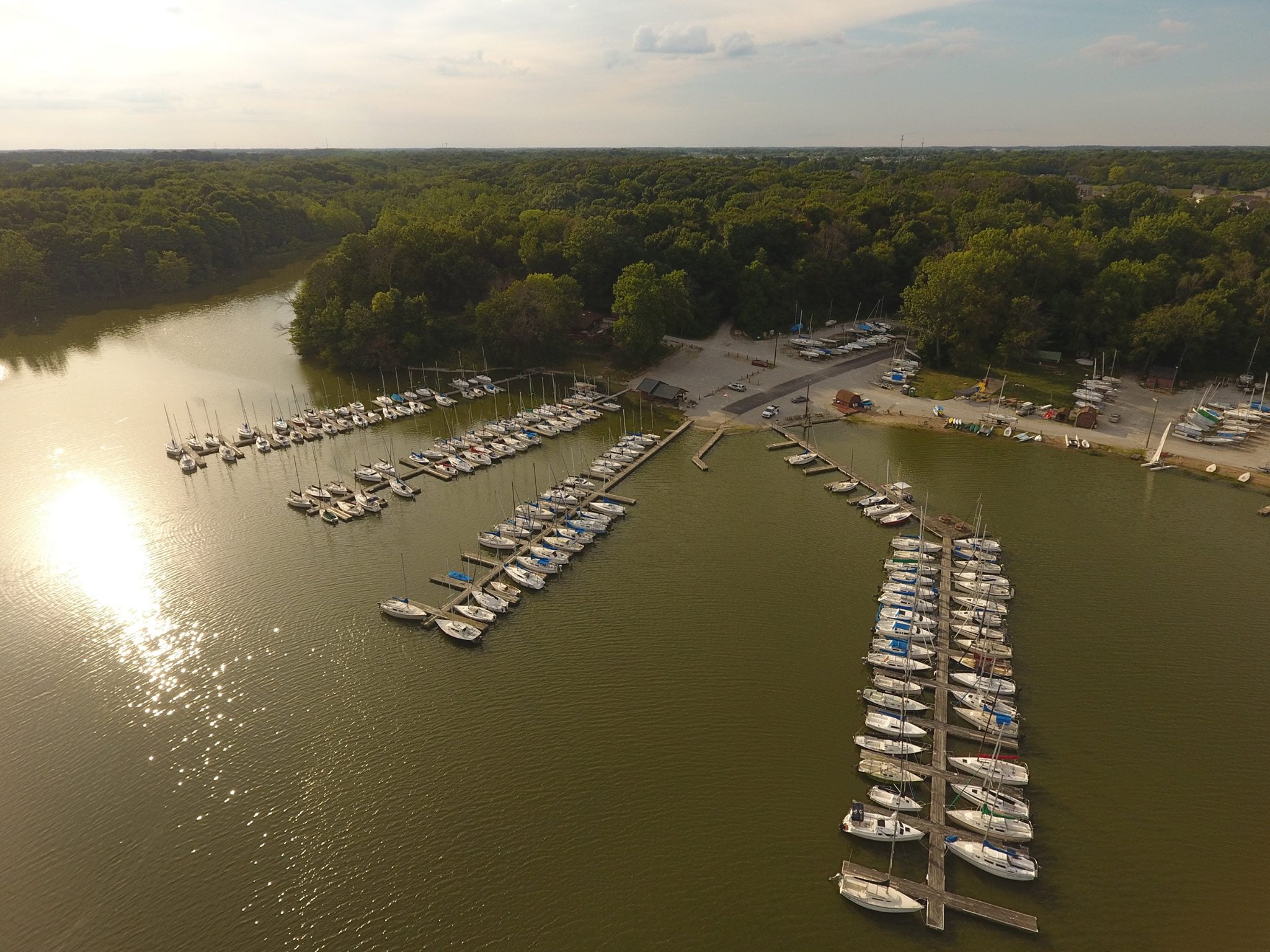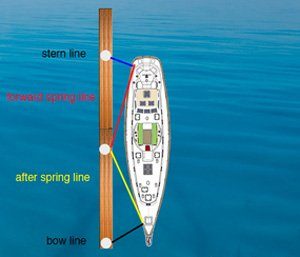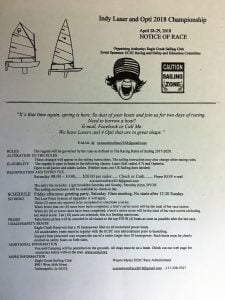
How to Start Faster
[divider height=”30″ style=”default” line=”default” themecolor=”1″]
In case you missed the last racing seminar:
It’s make or break time out on the racecourse, how to get a flying start and what to do when things don’t go quite to plan.
When the race officer sounds the starting signal for the Super Sunday races, he can already see which boats are going to compete in the leading pack, which will be fighting with the mid fleet masses, and which crews will consider a recovery to the mid fleet a success. For most racers, the first five minutes set the agenda for the entire race. Yet, unlike sprinters or tennis players, who spend hours and days practicing starting and serving techniques, most of us are content with the 15 minutes or so starting practice we get each weekend in our local club races, compared with the three hours course-racing practice which inevitably follows each start. We all experience elements of a bad start from time to time: no space to leeward so no opportunity to accelerate without being lee-bowed; blanketed by boats to windward; starting at the unfavored end and seeing the fleet crossing boat lengths ahead within minutes of the start; in irons going backwards when the gun goes; or simply being pinned on starboard tack unable to follow any preset strategy. Worse still, sticking out from the crowd in the event of a black flag or individual recall. Consistent good starters avoid these dangers by applying a mix of skills. Many are class specific: the fastest way to learn is by watching your class expert. Sadly, these skills can’t be learned simply from reading. They must be learned just the same way the expert learned them – through time on the water.
[divider height=”30″ style=”default” line=”default” themecolor=”1″]
Strategic Awareness when Sailing
A clear race strategy leads to a definite starting objective. A starting objective enables realistic priorities to be set; rather than trying to win the start outright we might aim for a more conservative approach, which achieves these priorities. For example, in light conditions the top priority for a keelboat is generally speed off the line, while in a dinghy it’s clear wind. If there is a wind bend favoring the right-hand side of the course, the priority will be a clear lane to tack onto port.
[divider height=”30″ style=”default” line=”default” themecolor=”1″]
How to handle the boat
Practicing some specific boat handling skills will enable you to accurately position the boat on the start line:
- Stop quickly by pushing out the boom, keeping the boat’s alignment constant.
- Learn to maneuver at slow speed, using sails and body weight.
- Practice holding the boat on station in semi-stalled mode; (between close hauled and head to wind) using rudder and sails; maintaining control all the time. Try bearing away fast without acceleration, then promptly returning to semi-stalled mode.
- Learn to tack when in semi-stalled mode, using body movement and sails, without gaining forward momentum.
- Accelerate quickly from semi-stalled mode.
[divider height=”30″ style=”default” line=”default” themecolor=”1″]
Boat Awareness
Things we need to learn about our own class:
- What wind and wave conditions allow a stable semi-stall mode? (In big waves or wind, a controlled speed approach may be safer).
- How long does our boat take to accelerate from semi-stall to full speed (through a range of conditions) and what is the minimum space we need to leeward to achieve this?
- What are the techniques for ‘hanging in’ – maintaining a lane after the start when we haven’t created quite enough room to leeward?
- How fast does our boat move sideways through the range of conditions?
- Time on distance – how long does it take to sail five boat lengths in each wind condition? (Sailors who have developed this skill well can judge the distance to the line in time as well as distance.)
[divider height=”30″ style=”default” line=”default” themecolor=”1″]
Observational Skills
Practice measuring the line bias – judging how far you are from the line, observing the trends in the fleet, spotting the gaps and the hot spots.
[divider height=”30″ style=”default” line=”default” themecolor=”1″]
Know your rules
To ensure good starting, we need a clear knowledge of the rules, make sure that our competitors are aware of this, and control close situations before they become incidents. WE HAVE MORE RULES PAMPLETS JUST ASK.
[divider height=”30″ style=”default” line=”default” themecolor=”1″]
Sailing Routine
All good starters have their own favorite routine. As with any complicated task, a checklist, breaking the task into manageable portions, makes the whole procedure less daunting. Starting the first race of the club or world championship becomes as straightforward as eating your cornflakes. If it helps, write it down.
Here’s an example:
- Practice beat
- Practice run
- Wind patterns?
- Is your boat set up for the conditions? Check shrouds, forestay, lowers and jib cars.
- Tide/current?
- Course?
- Beat strategy
- Which spinnaker/which bag?
- Line transit
- Line bias
- Start objective
- Identify the relevant starboard lay line
- Weed check
- Bias check
- I flag? Black flag?
- Where are boats lining up?
- Final decisions
- Final line up
- Check Cunningham, centerboard and vang
[divider height=”30″ style=”default” line=”default” themecolor=”1″]
Now all you need is practice!!!!
See you on the water,
Bob Hickok
Racing Chair




 [/one_second]
[/one_second]




